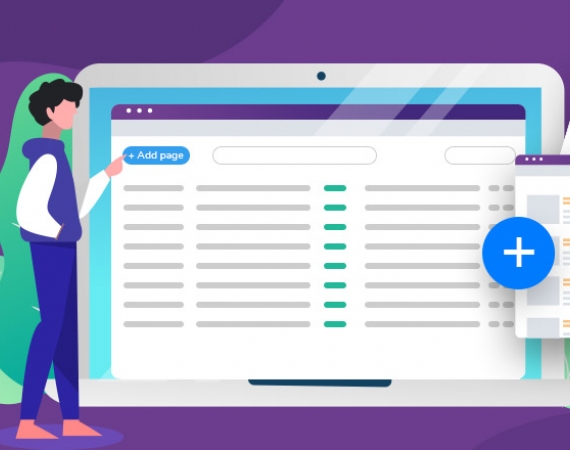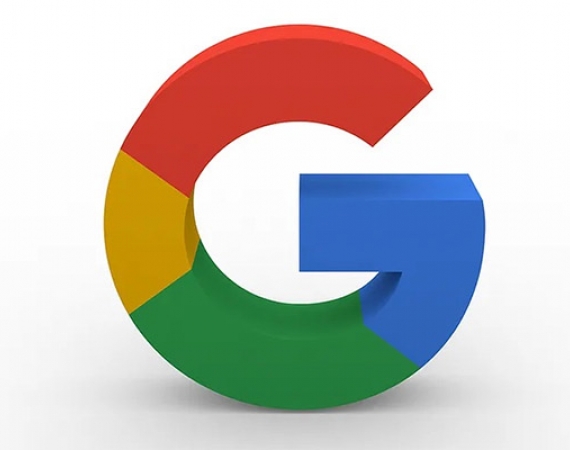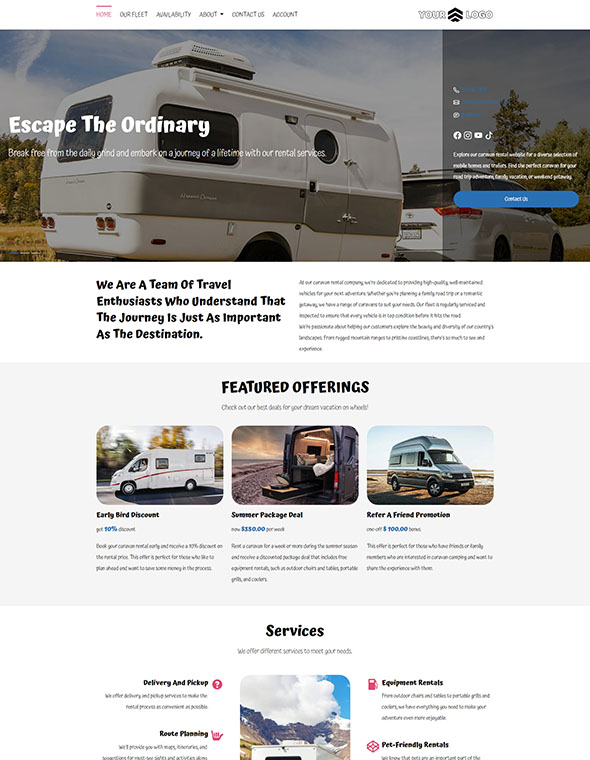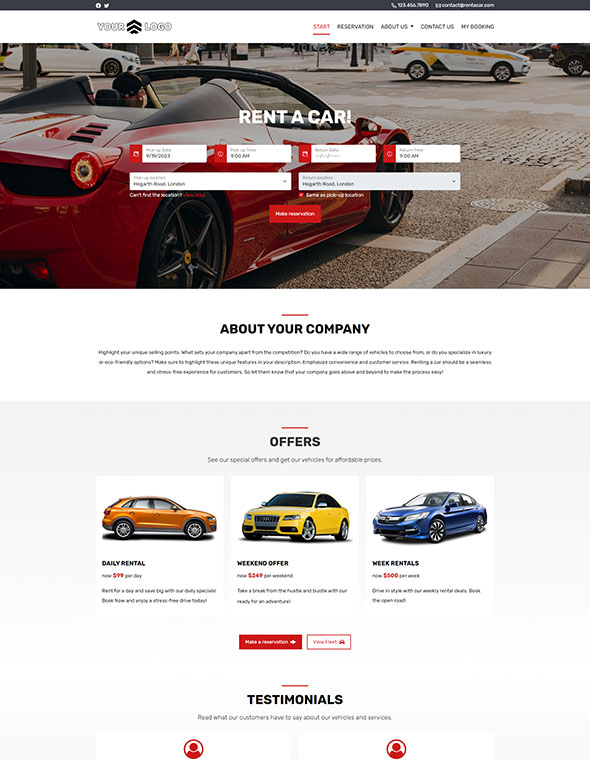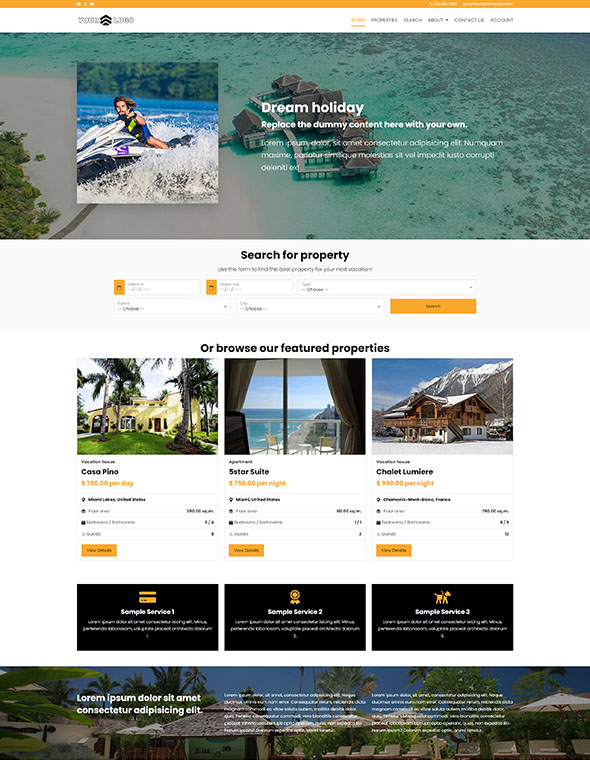Read a list of useful and easy-to-apply tips from Steve Sims - UK website designer and SEO specialist, about on-page SEO. These guidelines will help you cover all the basics necessary for a well-optimized website. You can always refer to Google Guidelines as well for further details and technical information.
--------------------
On-Site SEO is one of the main things you can control to ensure your site pages are as good as they can be to aim for high search engine rankings. If you manage to get this right, you'll be well on course to seeing a big improvement in your website rankings.
However, there are certain basics that need to be kept in mind so as to get your on-site SEO right. So what are those? Read the following on-page SEO fundamentals to find out and help yourself to outrank your competitors:
- Avoid Duplicate Content: Content management system permits pages to be accessible through different URLs that means that you are trying to manipulate the search results by having it on different URLs. In addition, it has been surveyed that 50% of websites have duplicate content. Thus, adding a canonical tag will help to refer one page for Google so that it can assign PageRank to.
- Title Tags: Title tags are something that you need to be smart with. Use a main keyword and variations in the title tag. According to statistics, title tag issues are common and diverse. For example, 35% title tags are duplicates, 8% are missing and 4% of title tags do not have enough text and 15% have too much text. Therefore, avoid trying to trick search engines and instead focus on writing a natural title tag with the main keyword along with variations.
- Meta Descriptions: An important aspect of on-page optimization is meta descriptions. These descriptions can be what your potential customers get introduced to first via search engines. However, there are many issues with sites in regards to meta descriptions: 25% sites do not have meta descriptions at all and 30% have duplicate meta descriptions. So, make sure to write them well, with at least 156 characters and a sales pitch but do not over-optimize or spam.
- H1 Tags: According to the latest surveys, 20% sites have multiple H1 tags on particular pages, 20% sites have missing H1 tags and 15% have information that is duplicated on other internal site pages. In order not to make this mistake, you should make use of the headings without over-optimizing them and ensure they are unique on each page of your site. Also, use the main keyword in H1 tag and use only one H1 tag. Then use the heading tags H2 and H3 throughout the rest of your page. In a nutshell, use heading tags in a planned and natural manner.
- Broken Links: Also known as dead links, they usually occur when the domain no longer exists or has been hacked or because of unusual firewall settings. Additionally, statistics show that 35% of analyzed sites have broken internal links and 25% have broken external links. Therefore, a regular manual check will help you decrease the number of broken links on your website.
- Internal Linking: Internal linking is an important aspect of on-page SEO and it's a great way of passing on link juice to other pages within your website and it helps users to navigate your website in a clear and concise way. A benefit of this is that you can encourage your site visitors to follow paths through your site which also has the added benefit of increasing engagement and time spent on your site whilst reducing your bounce rate at the same time. Most important make sure that you use an appropriate anchor text for the link. This will tell the reader what the page is all about, as well as the bots that visit your site pages - make it relevant but natural and by no means spammy, also try to link to pages that may not appear in the main navigation menu of your site and ones that are perhaps deeper on your site. Finally, always link using absolute URLs rather than relative ones.
- Three-Click Rule: Try to keep all of your site pages only three clicks away from your homepage. It's not crucial but it will help maintain your site nicely structured and compact.
- Site Structure: I always favor a silo structure for websites, so much like a pyramid where you have the home page at the top, sections below it and then web pages of content within each section. This particular works well for eCommerce sites where you can utilize this by way of breadcrumb navigation to enable users to better navigate your website.
- Page Names: With the popularity of WordPress, page naming has now become part and parcel of on-page SEO. If your page is about 'mobile-friendly websites', then it makes sense to name your page something similar.
- Quality Content: We're all aware of this point - your site needs quality fresh content and it needs to be added on a regular basis. Whether you have a standard HTML site or a WordPress website, adding a news item or article at least once a week is a way forward. Once added, submit it on your social media outlets and also link to it from another existing web pages on your website so that the search engine bots find it and index it.
- Alt Tags: Often overlooked, but still important. For any images that you add to your site, you should ensure they have an 'alt tag' added to them to describe what the image is of. Over 40% of websites have missing alt tags. Also, make sure your images are optimized and aren’t massive in size, page speed is also an issue to consider these days.
- Word Count: Ensure that your web pages have a decent amount of words on them, whilst trying to convey the facts you want to get over to your reader without waffling, 500 or more words is what you need to aim for. Thin content or low text-to-HTML ratios can harm your on-page SEO efforts. When writing, try to include your chosen search term you are targeting in the page title, the meta description, an H1 tag and mention it 3 or 4 times in the copy on the page including it in bold italics once as well. Also, try to include a few links to external authority websites as these will add more weight to your page and watch out for spelling mistakes and poor grammar.
- Page Speed: Make your page as quick as it can be by limiting the use of JavaScript and unnecessary effects or the use of large images.
- More Technical Aspects: This article is meant as a quick introduction to the main pillars of the on-page SEO, but you may also want to look at the following as well – robots.txt files, XML sitemaps, rich snippets, authorship, language tags and Google Analytics. Next, is your website mobile-friendly? Lots of sites still aren't and with over 50% of visitors now browsing the internet using mobile devices, they need to be able to view your site properly on these devices.
--------------------
ABOUT THE AUTHOR:
Steve Sims has been a website designer since 2002 from the early days of the Internet. He has worked for a variety of small businesses, individuals and companies with the ethos of offering quality web services at affordable prices. He is also well-versed in SEO and web marketing and offers a range of SEO services, as well as apps, e-learning solutions, bespoke website development and videos.


